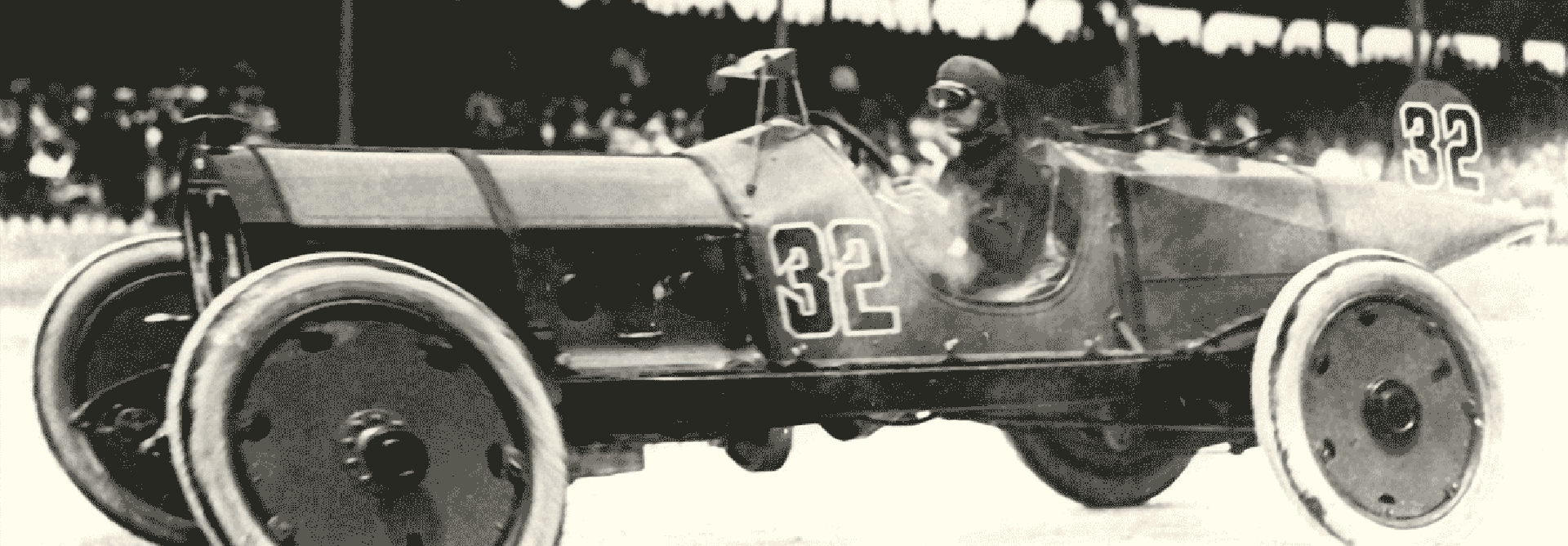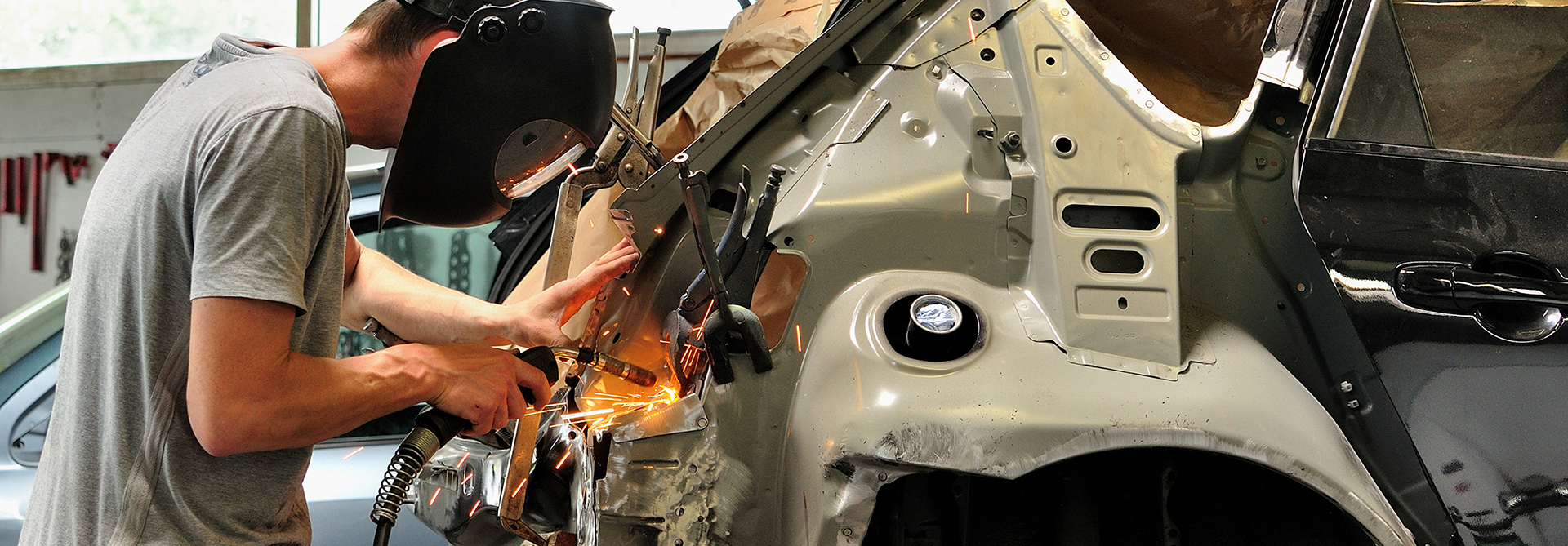Imagine little metal termites eating through your weld, digging out craters and carving tunnels. Not only is that what porosity looks like, it’s a great visual of what it actually does to your welds’ integrity. Porosity is one of the most common and most dangerous welding mistakes made by welders every day. But with a few important steps, even beginner welders can almost completely avoid porosity altogether.
What is Porosity?
Weld porosity results when gas is absorbed in molten metal and released as it solidifies. This gas can come from a number of sources such as being produced when contaminants on the weld surface are heated or shielding gas that gets trapped in the weld pool.
Porosity can happen on the surface of your weld and also below the surface. While surface porosity is easy to see, subsurface porosity is much harder to detect. Just think Tremors, that glorious Kevin Bacon movie with man-eating earth worms. Everything looks so calm on the surface, but underground is a network of tunnels and pink, fleshly slugs just waiting to break through. This is one reason you might have had your welds x-rayed. One of the many things they’re trying to detect is porosity below the weld’s surface.

The 2 Major Reasons for Porosity
There’s a lengthy list of culprits that can cause porosity, meaning it can be quite hard to nail down the problem. 95% of the time, however, porosity is caused by an unclean welding surface or improper gas flow.
Why do unclean surfaces affect your weld? Basically your puddle is like cake batter. Whatever gets put in there will affect the final result. So if your weld puddle absorbs rust, paint and various other particles or the gases produced if they’re heated, those contaminants will directly affect the resulting weld. This is one reason it’s so important to make sure you’ve properly prepared your workpiece before you lay down a bead.
Porosity can also be caused if your gas flow is too high or too low. There’s no “universal” gas flow setting. It depends on your preference, position, process, size weld, equipment and a few other factors including the diameter of the cup. If your flow is too high, shielding gas can get trapped in your pool and then released as the weld solidifies, creating a tunnel or hole. On the other hand, if you don’t have enough flow, your shielding gas won’t completely cover your weld pool which will allow the atmosphere around your pool to also cause porosity.
So how do you know what your gas flow should be? Most welding machines come with a chart listing suggested settings. Most of the time, this chart is attached right to the machine. This will give you a solid starting point. From here, you can make any minor adjustments you need in order to get the right amount of flow.
Fixing Porosity
At some point, porosity will probably happen to you. When it does, what do you do? It’s important to understand that any weld with porosity is compromised and will seriously be lacking in structural integrity. So if any type of force is going to be exerted on your weld, it needs to be redone. Some welders claim you can essentially burn through the porosity by turning your amperage up over 310 and welding back through your bad weld. However, this could potentially lead to all sorts of other problems depending on how it’s performed. For this reason, most experts recommend that you should grind off your porosity and start over.
Cleaning your surface and using the right amount of gas flow will cover most porosity issues. But another common cause can come from your equipment itself. Old valves or an unreliable welding machine can create problems that lead to porosity. If it’s about time to start looking for a new machine, check out our extensive catalogue of equipment at the best price. Unlike other sites, our entire focus is geared towards becoming the best automotive welding shop on the web. See for yourself here.







